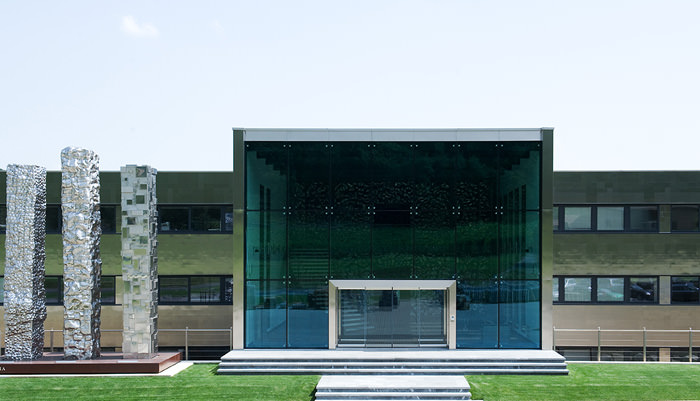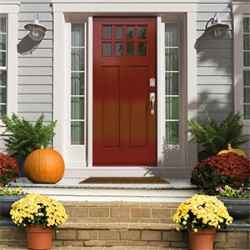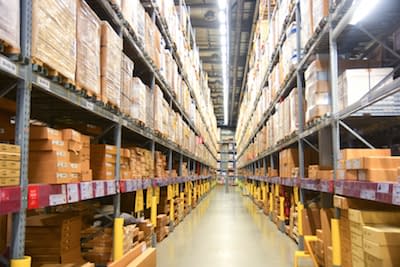Design-Build with Stainless Steel
Design-build companies combine engineers, architects and constructors on one team to complete a construction project. This method of construction is increasing in popularity.
Well known Stainless Steel Projects
Stainless steel exteriors are a feature of many notable pieces of monumental architecture: think of the Chrysler Building, the Gateway Arch in St. Louis, or the Petronas Towers. If you are a typical design-build firm, you are not worried about building the next Atomium, but you can still benefit from the consistency and durability that make stainless the material of choice for those masterpieces.
Stainless Steel in Design-Build
 To recognize the power of stainless steel in design-build, you need to take a break from the computer-aided design (CAD) screen.
To recognize the power of stainless steel in design-build, you need to take a break from the computer-aided design (CAD) screen.
Stainless steel gets somewhat undersold by CAD software. In the first place, rendering can never truly capture the fact that stainless steel is a reflective surface, capable of taking a mirror finish if desired.
Moreover, CAD programs tend to present all materials as equally clean and precise. Stainless steel actually stays clean, unlike (say) stucco. And stainless steel structurals are typically manufactured to a level of precision that many other materials can never attain.
Industrial Usage of Stainless Steel as Inspiration
You can find design inspiration from looking at the places that use stainless steel heavily, mainly because of its mechanical and chemical properties: factories, breweries, commercial kitchens, and the like. Not all of this can be translated to every project. Structural steel framing is exquisite and more or less indestructible, but it may make more sense in a factory than a coffee shop. That said, stainless steel is clearly a material that design-build firms are only beginning to explore the uses for.
Benefits of Stainless Steel for Design-Build Projects
For instance, stainless steel channels, long a mainstay of heavy industry, have recently begun to appear as handrails and balcony railings (for instance in museums). They are excellent in this role, because they are not only aesthetically pleasing. You can also easy clean fingerprints off of. Futhermore, stainless steel handrails are stronger than a much larger and more visually intrusive wood railing would be.
But it should go without saying that stainless steel is the best material for the job in situations like railings, where strength and resilience are major concerns. Less well known, but worth noting, stainless steels profiles have some of the lowest indexes of thermal expansion of any metals commonly used on exteriors.
Forward Thinking with Stainless in Design
Thinking further outside the box opens a whole new world for using stainless steel. A number of home and office products have recently used non-austenitic stainless steel sheets as elegant magnetic message boards. Commercial kitchens and a few art galleries are way ahead of this curve, having realized that now-inexpensive rare earth magnets allow you to hang relatively heavy objects from a stainless steel wall. The most interesting designs so far hang paintings or small shelving in this way. But this is clearly a trend that is just getting started. Combine stainless steel interiors with magnetized electronic devices – say, wireless LED lights and switches – to create a completely modular, flexible interior space.
Learn More about how Stainless Steel can Work for Your Project
We look at the Chrysler Building and we know that stainless is gorgeous and durable. But it is in smaller projects that we learn how versatile it is, as well. You can incorporate stainless steel to the forefront of your project. For this, several production methods are on hand. Cold drawn special stainless steel profiles are possible as well as hot rolled profiles or laser fused profiles. Call Stainless Structurals today for your next design-build project.







